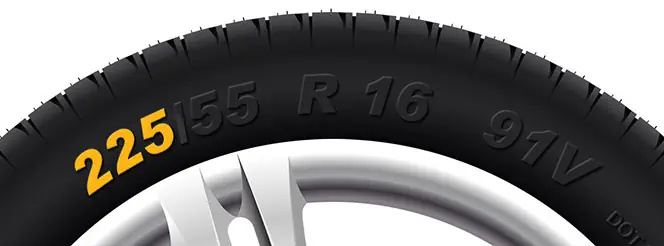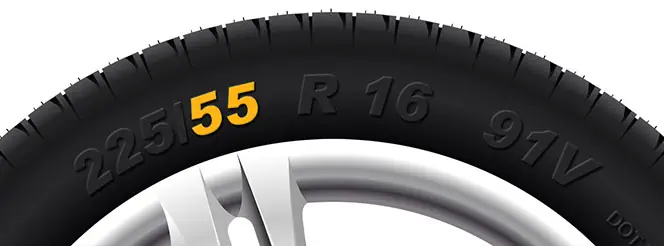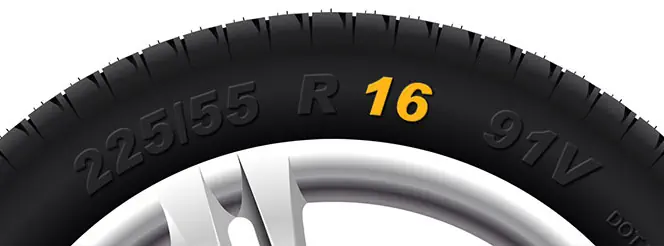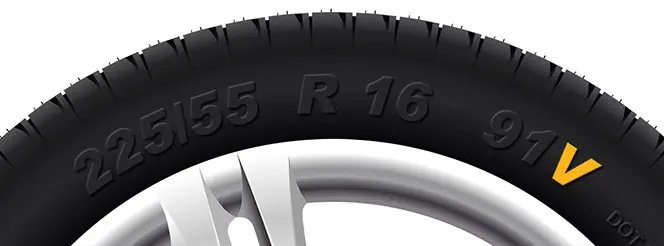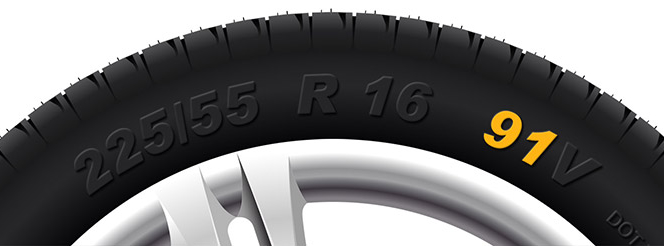How to Pay Vehicle Tax
A 5-step guide to keeping up with your vehicle's tax
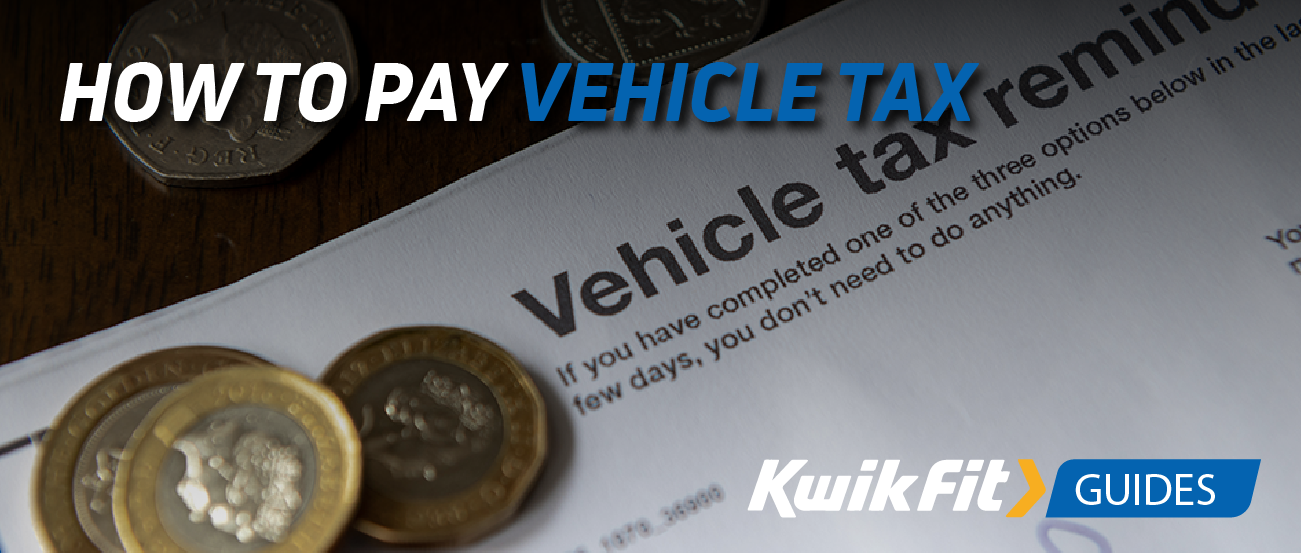
- Check your documents. Ensure you have your V5C logbook and V11 reminder letter.
- Choose a register method — either online with the gov.uk website, at the Post Office, or by phoning the DVLA.
- Make the payment. Provide the correct, necessary information and choose how you would like to pay.
- Keep a record of your payment. The DVLA should update instantly; you should keep any documents to prove your payment.
- Renew your tax. Make sure you send payments on time, every time. Remember you can set up a direct debit so your payment can never be late.
In order to legally drive your car, your vehicle needs to be taxed, insured, and have passed its MOT. As soon as you buy your car, you will need to register yourself as its owner — after which you will be responsible for taxing and insuring it. You must tell the DVLA if there is a change of ownership of your car immediately or you can face a £1,000 fine.
Paying your vehicle tax is incredibly important as a driver. If you are caught driving without tax, you may face prosecution; this can range from being summoned to court to your being towed away or clamped.
Luckily, there are just a few simple steps required for taxing your car. Below, we'll cover exactly what you need to do to keep your car taxed and road-legal.
Why do I need to register my car for tax?
All vehicles driven or parked on UK roads must be taxed unless they are under the exempt list or are registered as "off the road" (SORN).
The money you pay for your car goes to the government and is used for projects that benefit everyone — this includes road work and maintenance.
It’s worth noting that, if you sell your car and you paid your tax upfront in a lump sum, you can claim a refund on any full months left that you did not own the car for. You can choose to pay your vehicle tax every month, every six months, or annually. If you choose to pay annually, you can avoid paying the 5% surcharge too.
Gathering the necessary information
Usually, you will get a V11 letter when your car tax is up for renewal; this is often known as your Vehicle Excise Duty (VED). With the DVLA, you can also opt now to get text message reminders instead of a letter. You will also need your vehicle registration certificate (V5C or logbook) and the details of your payment method.
If you have just bought the vehicle, you’ll need the V5C/2 supplement. This is your interim certificate to prove your ownership until you get your new V5C through the post.
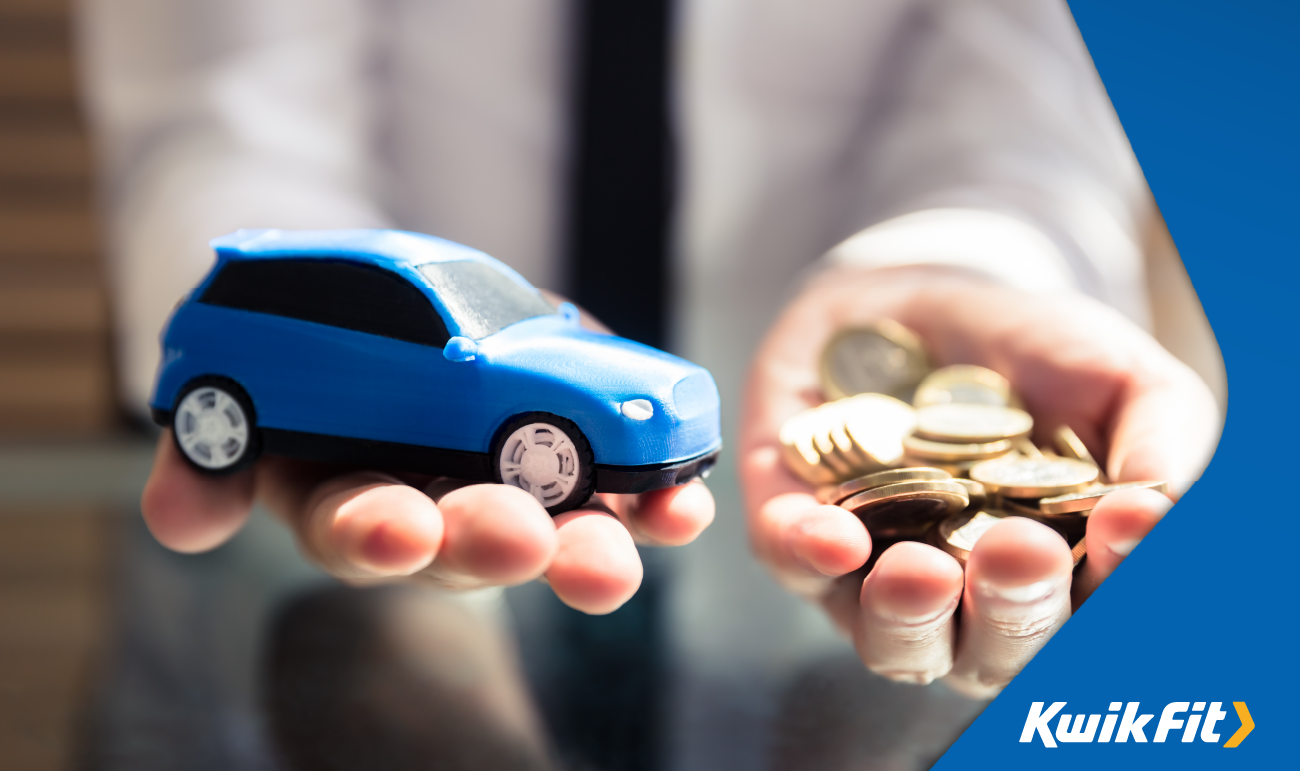
Where do I register to tax my vehicle?
You can either go onto the gov.uk website, call the DVLA on the phone, or you can go to your local Post Office to register for vehicle tax. You’ll need to enter in all of the information such as details regarding MOT checks and the number from your V11 letter. If you do not have your V11 letter, you can also use the number in your VC5 (logbook).
Consider setting up a direct debit so that the tax bill can come out automatically from your account. It’s also advisable to keep a receipt for all your confirmation of payment in your records.
How much does vehicle tax cost?
The cost of a car’s tax is variable depending on your vehicle’s type, age, and how high its CO2 emissions are. The price of your vehicle’s tax will also be decided upon what type of engine you have — whether gas (petrol/diesel) or an electric car. That being said, the answer to this one is, ‘it depends’. VED prices really do vary from one car to another.
Exemptions and special cases
On occasion, certain vehicles are exempt from paying road tax, and there are several reasons why. Below, we explore each exception case in turn.
Electric and hybrid vehicles
Fully electric vehicles are exempt from paying their VED as they produce zero emissions. Hybrid cars are not fully exempt from paying tax, but they may fall into a lower tax band depending on their emissions levels.
Disabled drivers
Vehicles used by disabled drivers may be eligible for vehicle tax exemption or reduction under certain government schemes. If drivers wish to apply for a 50% road tax reduction of this nature, they must be getting either the PIP standard rate mobility component or the ADP standard rate mobility component.
Other exemptions
Other vehicles include historic vehicles and agricultural, forestry, and horticultural vehicles. Some vehicles used by the emergency services may also qualify as exempt
Help from Kwik Fit
Now you’ve sorted your paper work out, it’s time to make sure your car is working well. At Kwik Fit, we have all the expertise to maintain your car. Contact us today and find your local centre for first-hand motoring advice today.
Struggling with other parts of car ownership and maintenance? We have a lot of expertly-written, easy guides to help you look after your car! Check out our blog today for everything else car-related.


